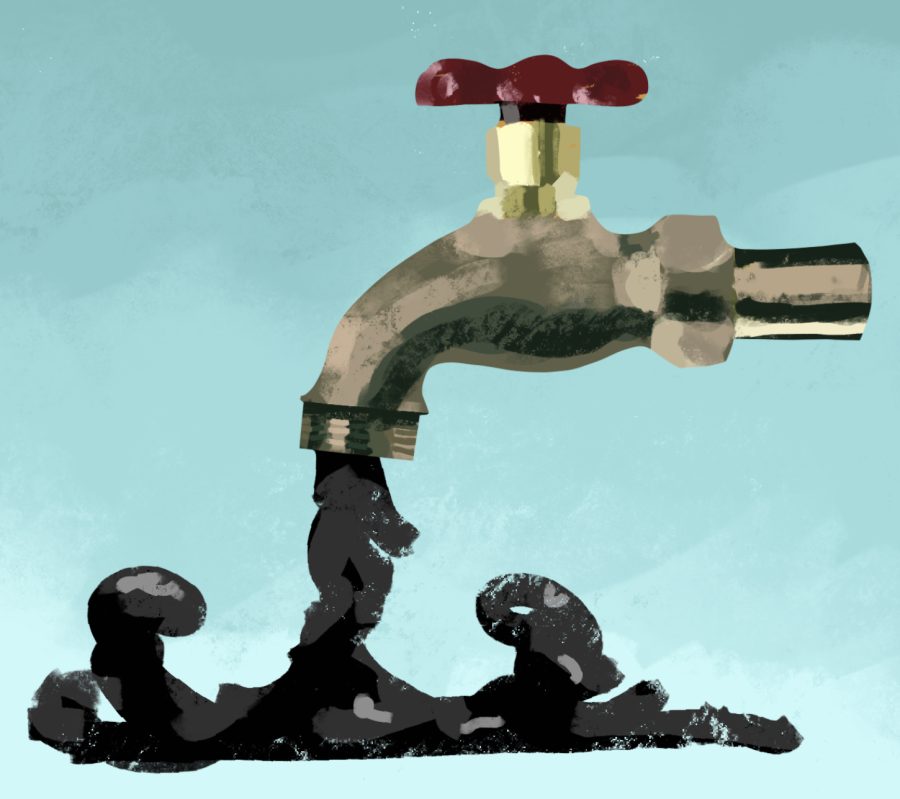The Environmental Impact of Military Experiments in Hawai’i
March 8, 2022
Ever since the US overthrew the Hawaiian Kingdom in 1893, the environment and historic land have continued to be ravaged by the US to make room for corporate moneymakers, a greater military presence, and an influx of tourists. This also led to an increase in military experiments that pollute the land and water.
There has been a history of the United States contaminating forests and waters, such as the Waiakea Forest Reserve or Pearl Harbor, with chemicals and littered weapons. Following the 1941 attack on Pearl Harbor, they turned the Hawaiian island of Kaho’olawe into a bombing range. The island marks the beginning of Kealaikahiki, an ancient sea route that leads back to Tahiti, but the military used it to test bombs and sumbarine torpedos. Since 1993, when Congress returned the island to the state, millions of pounds of debris have been cleared from the island. However, a quarter still remains to be cleaned.
More recently, the Navy’s controversial Red Hill facility, an underground collection of 20 steel and concrete canisters, leaked 14,000 gallons of fuel into a nearby aquifer. This aquifer on the south side of O’ahu island supplies water to the capital Honolulu. According to the nonprofit Sierra Club, since its construction in 1947, Red Hill has leaked about 180,000 of its 200 million gallons in store. On November 28, the Navy stated, “We have no immediate indication that the water is unsafe to drink,” even though military families reported strong smells of fuel in the water and illness after drinking. 5,000 people reported symptoms such as rashes, headaches, and vomiting, and even pets became ill or dying after consuming the contaminated water. According to the New York Times, tests showed that the contamination was 350 times above safe drinking levels. On December 27, the Hawai’i State Department of Health declared Red Hill “a humanitarian and environmental disaster” and ordered the Navy to drain the tanks. The plan is now to filter the contaminated water and dump it into the Halawa Stream, which flows through the sacred North and South Halawa valleys, associated with the Hawaiian goddess of sharks Ka’ahupahau.
Native Hawaiians and other Pacific Islanders are most at risk from the pollution, and coupled with the pandemic, daily life has been especially difficult. Native people make up only 10% of Hawai’i’s population but 40% of the state’s COVID-19 deaths. They also have a lower vaccination rate due to a distrust stemming from the US’s history of imperialism. An essential aquifer is polluted because of the Red Hill leakage, and the Navy’s solution is to put this contaminated water into a stream that flows through a sacred valley. Corporations and the military constantly pollute the world and they must be held accountable. It must be remembered that Indigenous people have cared for the earth for thousands of years and they see how drastically pollution and climate change impacts their land, and their voices and knowledge are a key solution to keeping this earth protected.
This piece also appears in our February 2022 print edition.











